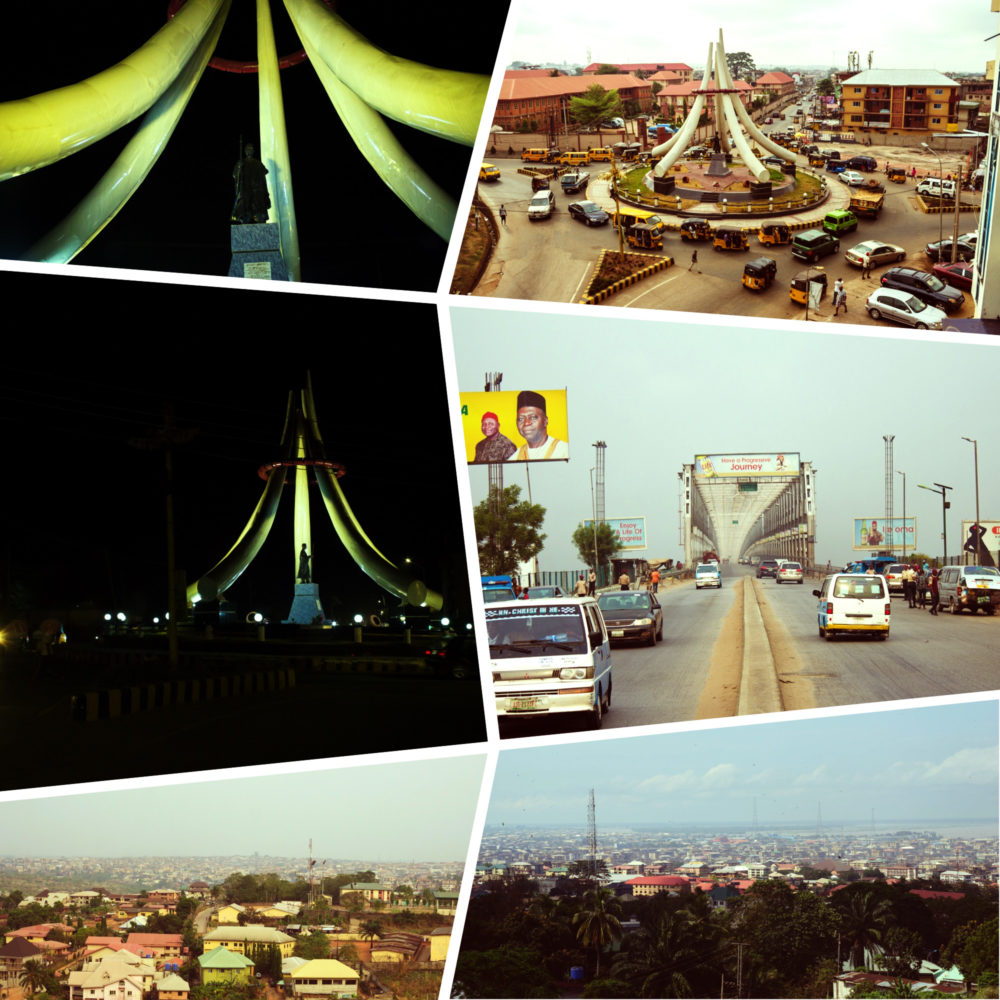History of Onitsha
The history of how the Onitsha people got to their present location is in tandem with that of so many other towns that are found west of the Niger. Oral and documented historical evidence showed that they migrated from the old Benin Empire. Their migration was stimulated by the early sixteenth-century political upheaval in the Empire.
Traditional and cultural affinity shows that the migration took its course through the area much later known as the Mid-West and moved further toward the great River Niger.
Vital Facts: Onitsha

Onitsha traditionally consists of nine villages, otherwise known as Ebo Itenani. These are descendants of the progenitor Umuezechima comprising Isiokwe, Olosi, Umuezearoli, Okebunabo, Obikporo and Ogbeotu, Awada (Ogbeozoma), Obamkpa comprising Umuasele, Iyiawu and Odoje Ndugbe and Odumegwu Gbuagu, Ubulu na Ikem, Ulutu, Ubene, Ogboli Eke, Obior and Ogbeotu. Within these groupings, there are six administrative wards namely Okebunabo, Umuezearoli, Ogbeolu, Isiokwe na Ogboli Olosi, Obamkpa and Eke na Ubene.
0
Villages
0
Number of Rulers
0
Population of Onitsha
Onitsha lies at a major east-west crossing point of the Niger River and occupies the northernmost point of the river regularly navigable by large vessels. These factors have historically made Onitsha a major center for trade between the coastal regions and the north, as well as between eastern and western Nigeria. Onitsha possesses one of the very few road bridge crossings of the mile-wide Niger River and plans are in place to add a second bridge near it.
0
City (Sq Mi)
0
Land (Sq Mi)
0
Metro (sq mi)
Onitsha, a river port on the eastern bank of the river Niger, is a city that has its foundation and existence solidly built on three basic civilization planks of commerce, education, and religion.
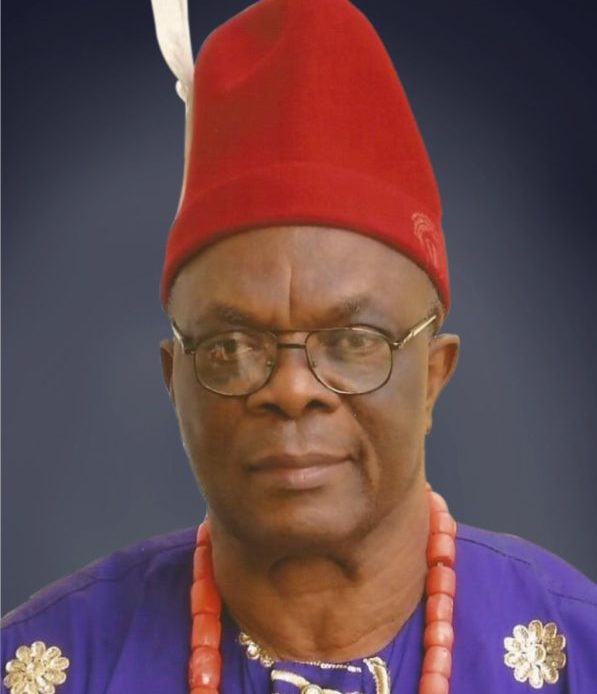
Onowu Iyasele
Chief Joseph O. Ononye is Ndiche of Onitsha and designated Onowu Iyasele
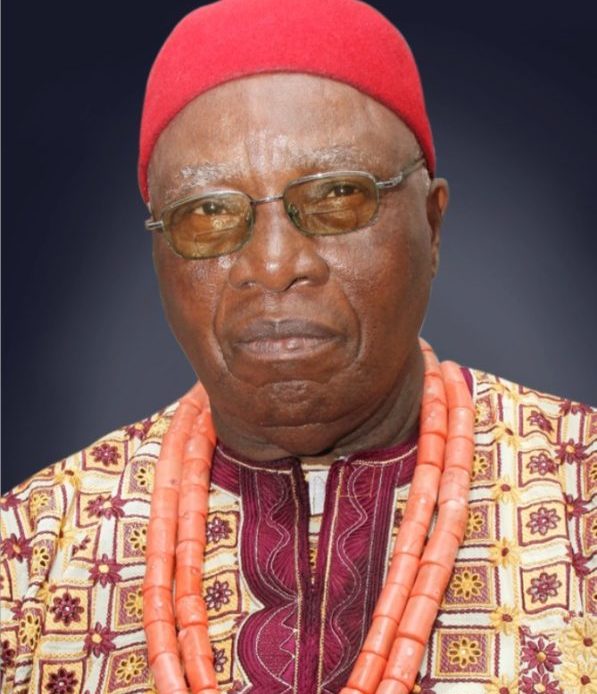
Ajie Ukadiugwu Osodi
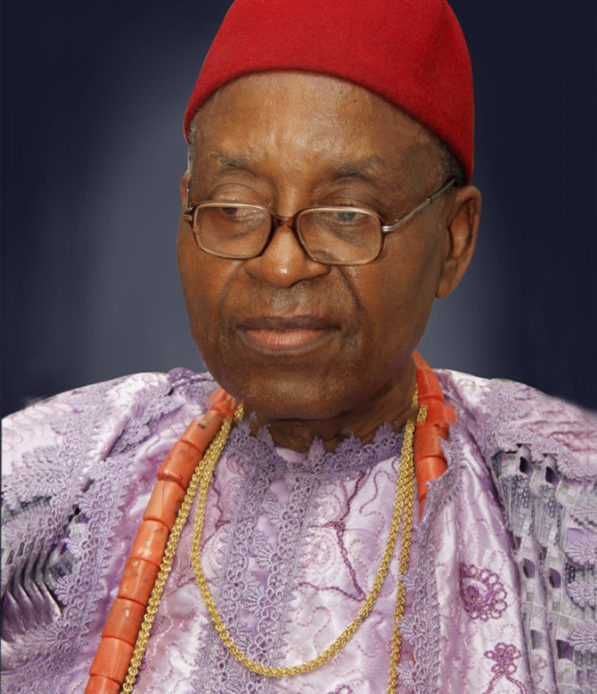
Odu Osodi
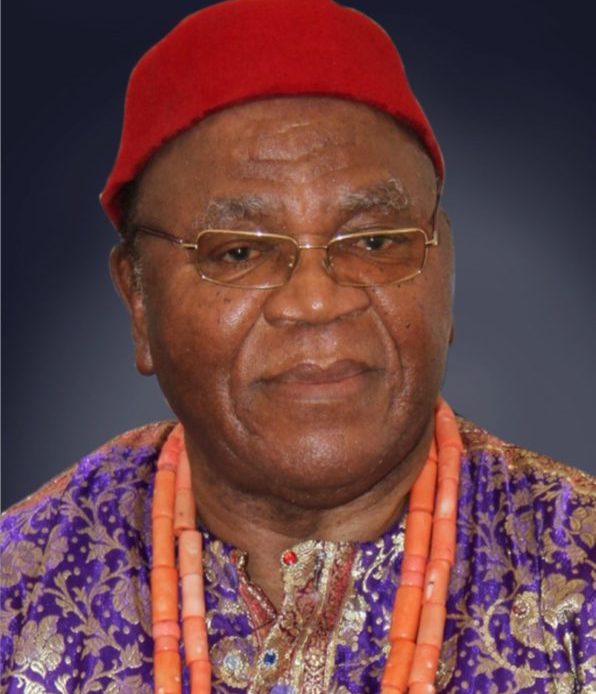
Onya Ozoma
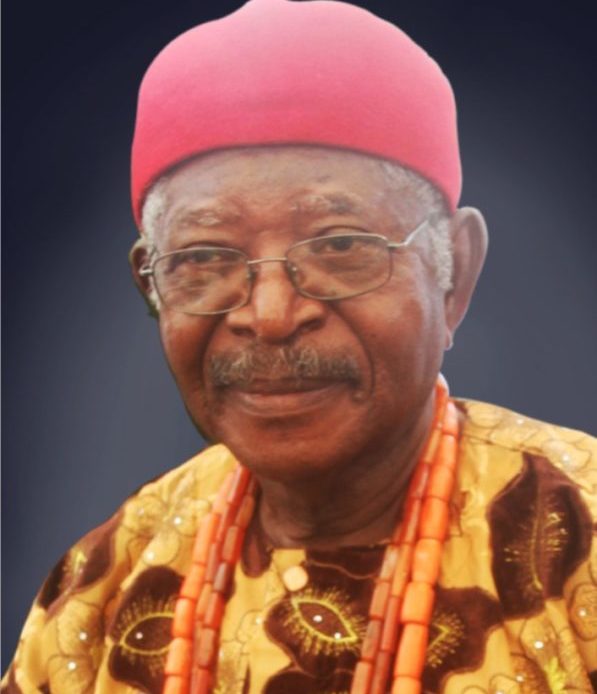
Ogene

Vacant (None)


